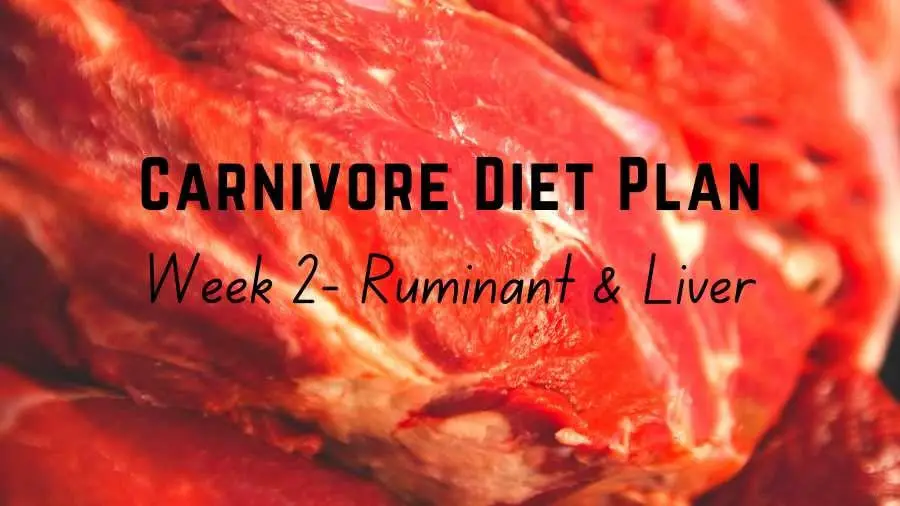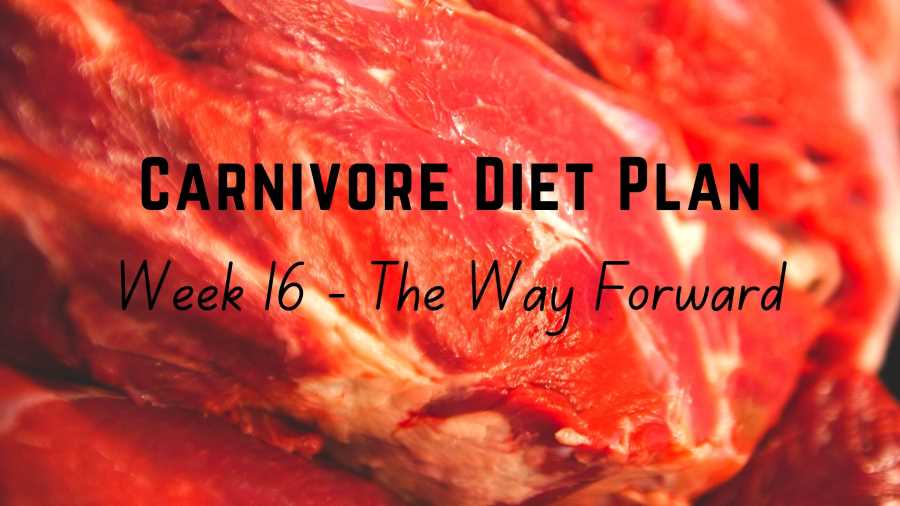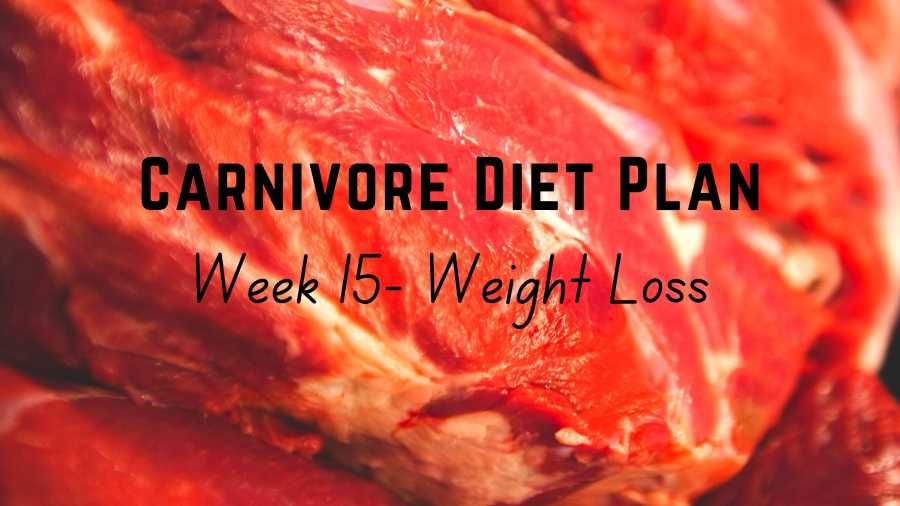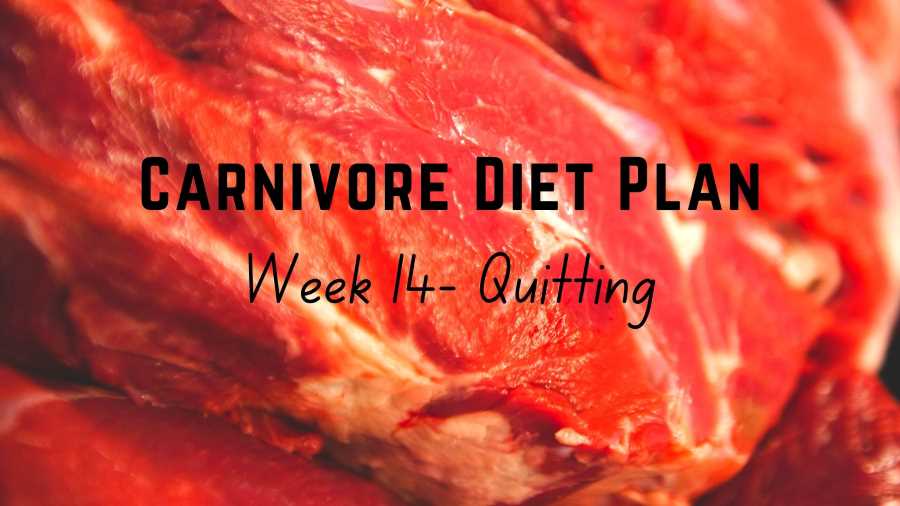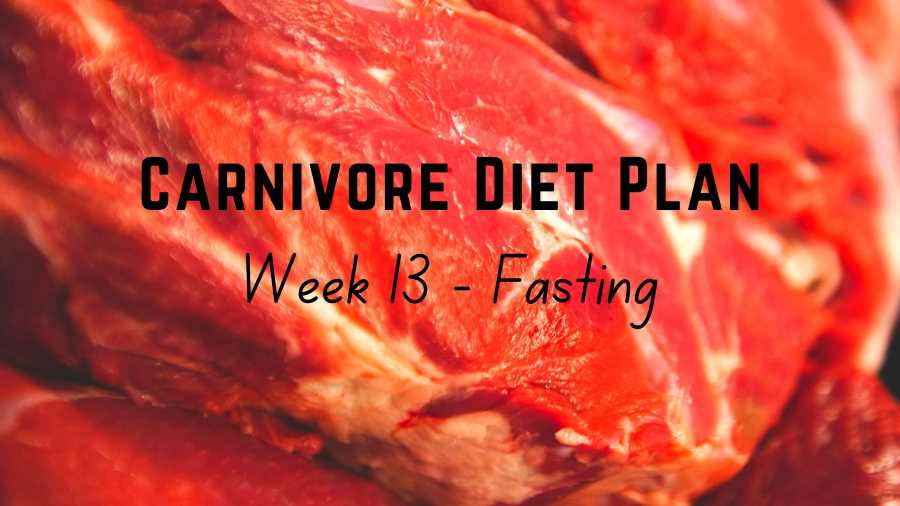The primary focus for this week and next is consuming nutrient-dense foods while managing adaptation symptoms.
We’ll address the most common questions newcomers have about the carnivore diet such as what to eat, how to cook your meat, how much to eat, what to drink, and whether supplementation is necessary.
What Should You Eat on the Carnivore Diet?
For the first week of your plan, all you are going to eat is fresh unprocessed ruminant meat and ruminant liver.
The reasons for this recommendation are set out below.
As outlined in the overview post, this plan is designed to support individuals exploring the carnivore diet as a means to address underlying health issues such as compromised gut health, diabetes, autoimmune conditions, and obesity-related health issues.
To support healing, it’s essential to focus on the most nutrient-dense and highest-quality foods available. Research shows that ruminant meat and liver best meet these criteria.
For millions of years, our ancestors thrived on large herbivores, driving many to extinction. Today, the closest equivalents are ruminants such as bison, cows, elk, and buffalo—not pigs, chickens, or ducks. [1]
Furthermore, ruminants are among the best-raised farmed animals today. They typically spend most of their lives outdoors, grazing on pastures, and eating diets relatively close to their natural intake before finishing on grains.
In contrast, pigs and chickens are often confined to crowded sheds or cages and fed composite diets vastly different from what they would naturally consume. Similarly, fish is also raised in aquafarms and fed a composite diet.
This makes ruminant meat the most ancestrally consistent and highest-quality food you can eat.
In addition to ruminant meat, liver stands out as the true powerhouse of the carnivore diet. Packed with many essential nutrients, liver is especially rich in vitamins A and B12, as well as riboflavin (B2), niacin (B3), pantothenic acid (B5), B6, and folate. It’s also an excellent source of copper, selenium, phosphorus, zinc, and iron.
The best option is ruminant liver, such as beef, lamb, or goat liver. However, if sourcing these is challenging, pasture-raised pork or chicken liver is a good alternative.
As can be seen in the table below, ruminant meat and liver can give you all the nutrients that your body needs.
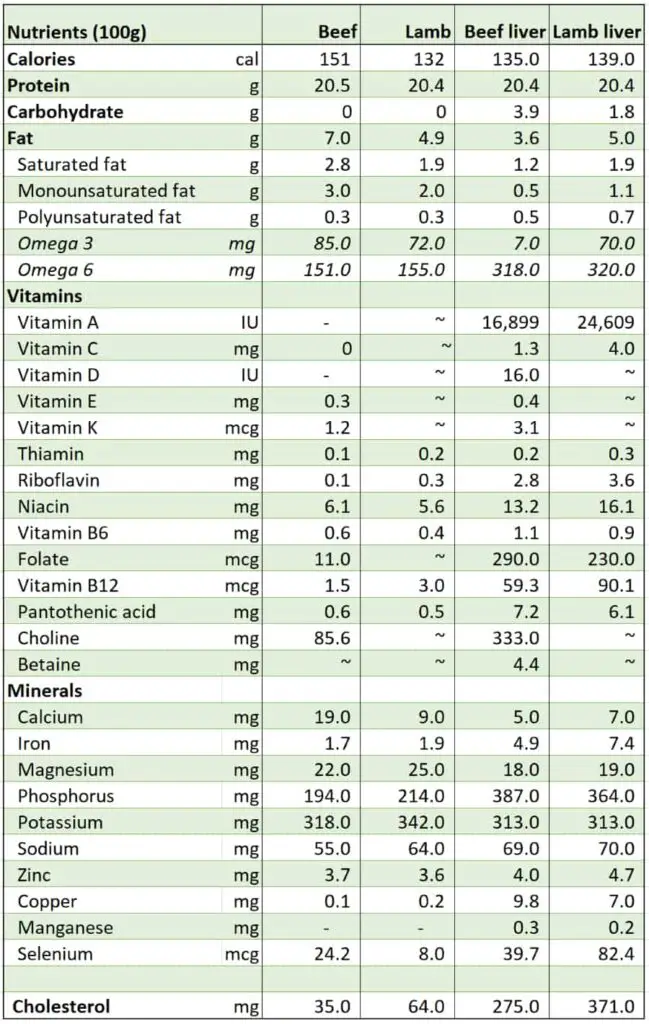
Please note that meat and organ meats also provide a small amount of vitamin C (but are usually assumed to be zero by the USDA therefore people mistakenly believe that if you don’t eat fruits and vegetables, you are going to get scurvy!).
In short, you can get every nutrient your body needs from animal-based food. If you have any concerns about nutrition deficiency on the carnivore diet, please read this post “Is the Carnivore Diet Safe?”.
Although some nutrients in meat and liver may not meet their recommended daily intakes, don’t worry about it for now.
These recommended daily intakes are set for the general population who are on an omnivore diet with a high intake of plant food, hence plant anti-nutrients which can adversely affect absorption.
On the carnivore diet, with the absence of plant anti-nutrients, your body can absorb nutrients much better and therefore your need is likely to be lower.
If you have never eaten liver before in your life, you can make it easier and break the first week of your plan into 2 weeks. Eat only ruminant meat for the first week and introduce liver in the second week.
Although the above diet looks deceptively simple, it is backed by solid clinical evidence. The IMNCI center in Hungry has used a diet that is essentially the same to treat thousands of patients with chronic health conditions. If you are interested in finding out more about this diet, please read this in-depth article.
Pasture-raised vs Grain-fed?
The general rule is to buy the best quality food you can afford.
If you can afford grass-fed meat, great. If you can’t, grain-finished is fine.
Beef cattle spend most of their lives grazing on pasture but spend the last 4 to 6 months in a feedlot where they are fed grains to accelerate weight gain. [2]
Grains are not as ideal as fresh grass but grains are just grass seeds after all and they are still consistent with ruminants’ overall diet.
Based on the USDA nutrition data, there is not much difference between the nutritional profiles of grass-fed and grain-fed beef. The main difference is a higher omega 3 content in grass-fed beef.
Joe and Charlene Anderson who have been on the carnivore diet for over 20 years say they just eat ordinary grass-raised grain-finished beef from the grocery store all these years.
While initially they ate grass-fed exclusively, they found that they felt much better on grass-raised, grain-finished meat because they reckon grains give the animals the nutrition that grass can’t.
Please buy only fresh unprocessed meat and liver, i.e. only buy single ingredient meat, no pre-marinated or seasoned meat to avoid additives.
Also, get the fattiest cuts of meat you can find in the shop. If you like ground meat, buy the budget one which will have a higher fat percentage and avoid the lean ground meat.
For now, don’t worry about counting macro and micro nutrients or fat-to-protein ratio yet. Eat fatty meat cuts and you’ll be fine. We will look at tweaking to find the right fat-to-protein ratio for you later on.
How to Cook Your Meat?
There are people who say they feel best on raw meat but most people do just fine on cooked meat.
For now, just cook your meat to your liking but I would recommend having at least some of your meat lightly cooked (blue, rare, medium-rare, or medium) to retain some vitamin C.
As mentioned above, there is a small amount of vitamin C in muscle meat but there is a bit more in organ meat such as liver, brain and kidney.
You don’t need as much vitamin C on the carnivore diet compared to when you are an omnivore diet and you definitely can get sufficient vitamin C to avoid scurvy if you don’t cook through all your meat. If you are interested, please check out my post on the topic of vitamin C on the carnivore diet.
If you have limited kitchen skills, please check out this post for some tips on cooking the best steak.
If you are new to beef liver, please check out this post on how to cook liver and suggestions on various ways that you can enjoy liver on the carnivore diet.
If you have never eaten liver before, a lightly cooked piece of liver may be a hard ask. But this shouldn’t prevent you from eating liver. You can add 2 ounces of blended beef liver to 1 pound of ground beef to make meat patties. You won’t notice the taste of liver in the meat patties while boosting your nutrient intake.
Another way is to add some diced liver to fatty meat chunks and stew for 3 hours or cook them in a slow cooker for about 6 hours.
When and How Much Should You Eat?
For the next few weeks, to keep things simple, don’t worry about the timing of your meal, listen to your body and eat when you are truly hungry and eat until you are full, but please don’t overeat.
However, try to eat the last meal of the day at least 3 hours before your bedtime so that your body can rest instead of digesting food.
As to liver, because it is especially high in vitamin A, there is some concern about vitamin A toxicity.
We have written a post on this topic where we provide a detailed calculation of how much liver you can safely consume in a day for various types of liver. Please check it out if you are interested.
In summary, you can eat 14 grams to 59 grams of beef liver a day or a couple of slices. This means no more than 0.9 pounds of liver per week.
You don’t need to eat a lot but it’s a good idea to make liver a regular feature of your meal.
Some people claim that they can eat a lot more liver than this but you don’t know how much your body can handle so stay on the safe side and you can experiment with it later.
What Should You Drink?
We have an in-depth post on the topic of drinks on the carnivore diet, please check it out.
In short, the best drink on the carnivore diet is water and please just drink to thirst.
Tea and coffee contain caffeine which is a stimulant that interferes with the normal healthy functioning of your brain.
The IMNCI center in Hungary has been using a high-fat animal-based diet (called the Paleolithic Ketogenic Diet) to treat many chronic conditions from 2011 with clinical experience from about 4000 patients. In their protocol, black and herbal tea are excluded but coffee is allowed only after full regeneration and in moderation.
If you choose to keep drinking tea, coffee, or herbal teas for now, we recommend drinking them two hours before or after your meal to reduce the impact of the anti-nutrients in these drinks on your body’s ability to absorb nutrients.
What About Salt?
Salt your meat as much as you like. There is no need to track how much salt you are consuming at this stage.
Sea salt is the best. Any brand will do.
Avoid table salt which typically has an anti-caking agent added.
You can do an experiment with and without salt later on in Week 6 of the program. But for now, just keep everything simple: salt as much or as little as you like.
What About Seasonings?
For the first couple of months, please don’t use any herbs, spices, or condiments.
While it might seem restrictive to you, as mentioned above, this series aims at people who are trying out the carnivore diet to fix their underlying health problems. As you don’t know what exactly might contribute to or cause your health issues, it’s best to stay with the safest and best food for now.
Later on in the program, you will have an opportunity to test out other animal-based food and spices and seasonings too to see what your body can tolerate.
And don’t worry, meat won’t be boring without seasonings.
If you only eat when you are genuinely hungry, meat truly tastes amazing by itself.
What About Supplements?
As mentioned in the last post, we don’t believe in supplements – animal-based food can provide us with everything our body needs.
Supplementing will just prolong the adaptation process.
As mentioned in the last post, the IMNCI center in Hungry recommends taking no supplements. Only in rare cases, a one-off vitamin D supplement may be given. They have never experienced side effects or vitamin and mineral deficiencies in their patients who were on the Paleolithic Ketogenic Diet.
However, if you like, during the adaptation phase, you can take some electrolytes to help with lost electrolytes or lipase to help with fat digestion.
Sample Meal Plan
The simplest meal plan is seared fatty steaks and a couple of small slices of liver every couple of days. This is still our main menu after a few years on the carnivore diet. We sometimes have other animal-sourced foods (eggs, pork, or chicken) and other organ meats but ruminant meat, fat, and organs are the center of our diet.
If you would like more variety, you can rotate between steaks, roast, meat patties, and meatloaf throughout the week. The meal plan below is an example.
| | Meal 1 | Meal 2 |
|---|---|---|
| MON | Meat patties | Steak + 2 slices of seared beef liver |
| TUE | Steak | Meatloaf |
| WED | Roast | Steak + 2 slices of seared beef liver |
| THU | Steak | Meat patties |
| FRI | Meatloaf | Meat and liver stew |
| SAT | Meat and liver stew | Roast +2 slices of seared beef liver |
| SUN | Steak | Roast |
They may look plain and boring but, as mentioned above, if you only eat when you are really hungry, meat tastes super delicious by itself.
In addition, like many other people, you will find that on the carnivore diet, food is just a source of sustenance and no longer a form of entertainment. Your life will no longer revolve around food and it doesn’t control you anymore, leaving you with so much more mental bandwidth to pursue other things in life.
What You Might Experience This Week
As you cut out carbohydrates in your diet, your body will be switching from burning sugar to burning fat for fuel.
As a result, you might experience a variety of short-term symptoms such as headache, brain fog, diarrhea, bad breath, muscle soreness, night sweat, fatigue, carb craving, and vertigo.
In addition, you are going to eat a lot of meat compared to before and your body will take time to ramp up the production of stomach acid and digestive enzymes to handle the sudden increase in fat and protein intake.
If you come from a ketogenic or paleo background, you might experience fewer and less severe symptoms.
If you come from a standard American diet with a high carb intake, you might experience more symptoms that may last for a longer period of time.
Regardless of the diet you’ve been on before or your health conditions, rest assured that all these side effects are only temporary. They will pass and you will feel better every day as time goes by.
Rest a lot, be patient and be gentle with your body, it is going through a lot to adapt to this new diet. You are providing it with the most nutrient-dense food to allow it to heal and rejuvenate. Trust its amazing ability and let it take its time.
Take-home Message for This Week
In summary, for the first week of your carnivore diet journey:
- Eat ruminant meat (e.g. beef, lamb, bison, goat, kangaroo etc.) and ruminant liver
- Eat only when you are hungry and eat until you are full but don’t overeat
- Cook some of your meat to blue, rare, medium rare, or medium
- Salt to taste
- Drink water to thirst.
Don’t eat or drink anything that is not on the above list.
It is that simple.
If you feel like staying for longer on this week’s menu of only ruminant meat and liver for its simplicity, please do.
Next week, the focus is still on eating nutrient-dense food (in fact, this is what you will do on every single week of this plan) and dealing with adaptation issues. However, you will be introduced to more organ meat such as marrow, brain, and bone broth.
Links to all posts in the 16-week carnivore diet plan
- 16-Week Carnivore Diet Plan: An overview
- Week 1: Preparation
- Week 2: Ruminant and liver
- Week 3: Ruminant and more organ meat
- Week 4: Fat to protein ratio
- Week 5: Sun exposure
- Week 6: Salt experiment
- Week 7: Ancestral movements
- Week 8: Meal frequency and meal timing
- Week 9: Intolerance testing (other animal-based food)
- Week 10: Intolerance testing (fruits)
- Week 11: Intolerance testing (other plant food)
- Week 12: How much to eat
- Week 13: Fasting
- Week 14: Quitting
- Week 15: Weight loss
- Week 16: The Way Forward.
Disclaimer: The information in this post is for reference purposes only and is not intended to constitute or replace professional medical advice. Please consult a qualified medical professional before making any changes to your diet or lifestyle. Please check out our disclaimer for more detail.
Photo credit: Julian Peter on Pexels

